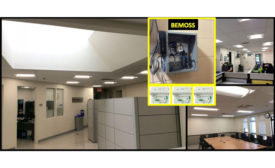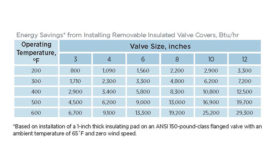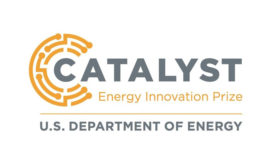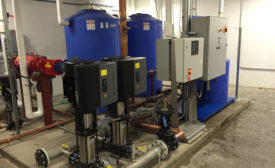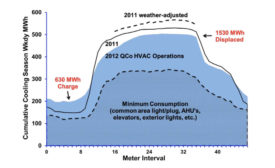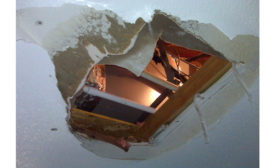Technical
Provides a plug-and-play, open-source solution
Read More
Steam Tip: Install Removable Insulation on Valves and Fittings
Protects personnel and provides energy savings
September 19, 2016
Startups Win DOE Funding to Develop Software for Building Efficiency
Catalyst prize winners move products closer to commercialization
September 5, 2016
Air Pollution Report Indicates Need for Better Filtration
Vast majority in urban areas are exposed to air quality levels that exceed WHO’s limits
August 22, 2016
Exploring Water Reuse, Reconsidering Water Filtration
Making maximum use of a finite resource
Read More
QCoefficient Uses EnergyPlus to Reduce Willis Tower Energy Bills
A look at model predictive control (MPC) in action
Read More
New Refrigeration Motor Cuts Supermarket Energy Usage
DOE verified demos show energy savings of up to 80%
July 4, 2016
Ensuring Proper Condensate Drain Management
A clogged condensate drain line can be big trouble
Read More
Retro-Commissioning Service Cuts Energy Use and Cost for Two Grocery Chains
SINGH360 Helps Strack & Van Til and Coborn’s trim energy consumption
June 6, 2016
Green Office Environments Linked with Higher Cognitive Function Scores
Improved IAQ could significantly improve the performance of workers
May 23, 2016
Copyright ©2025. All Rights Reserved BNP Media.
Design, CMS, Hosting & Web Development :: ePublishing
